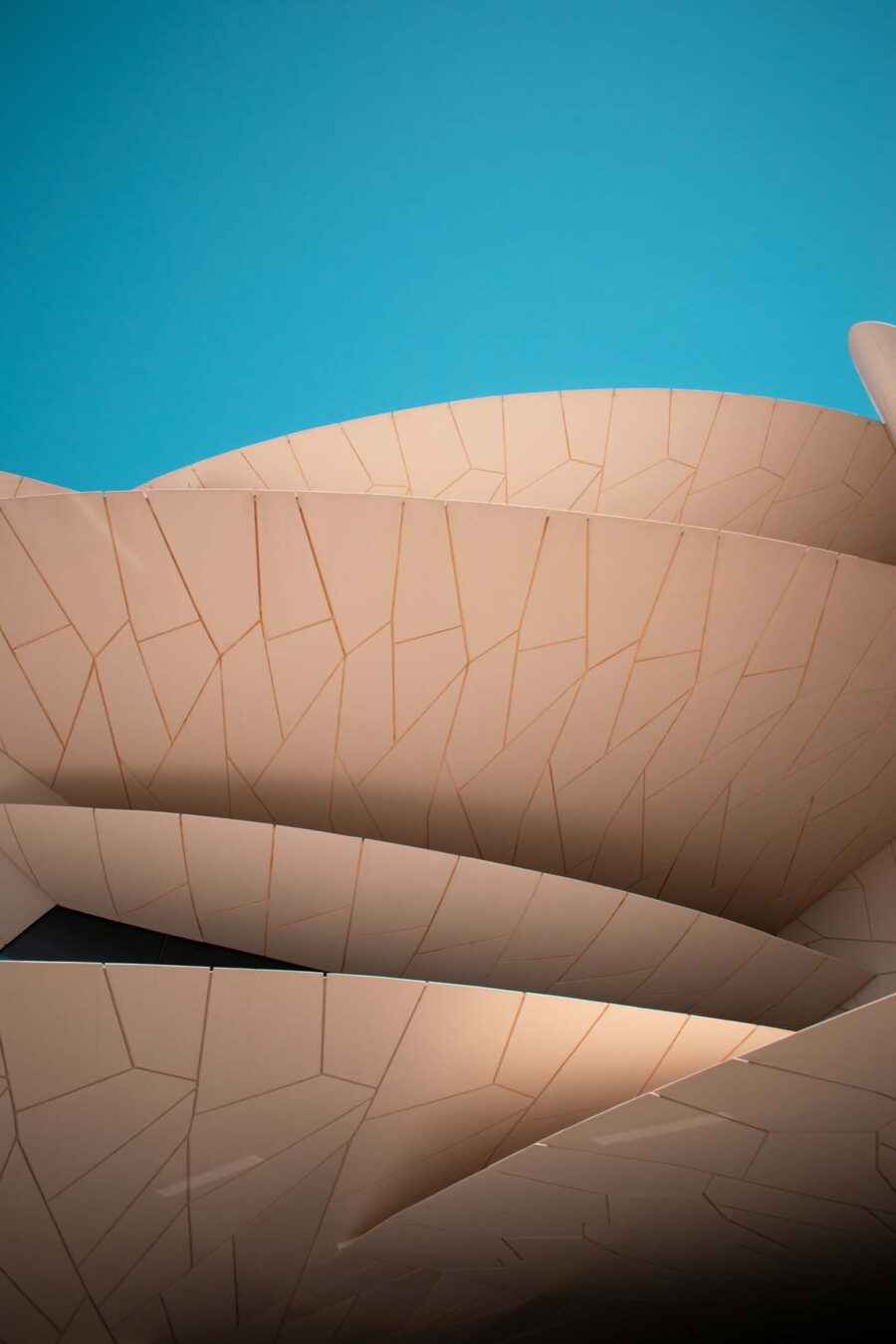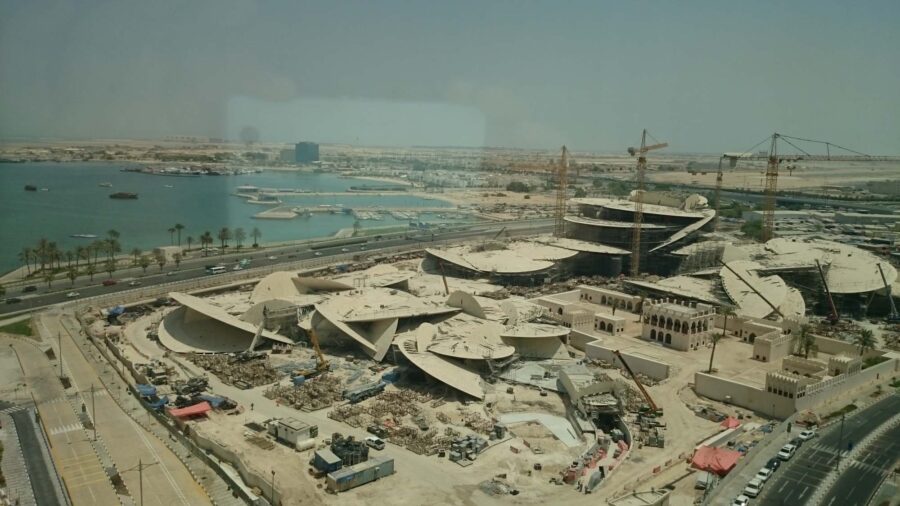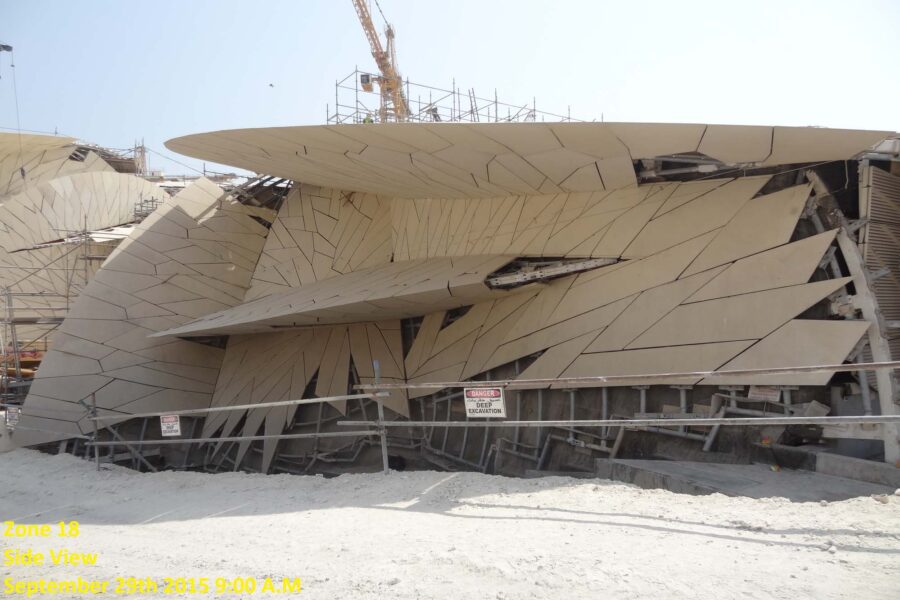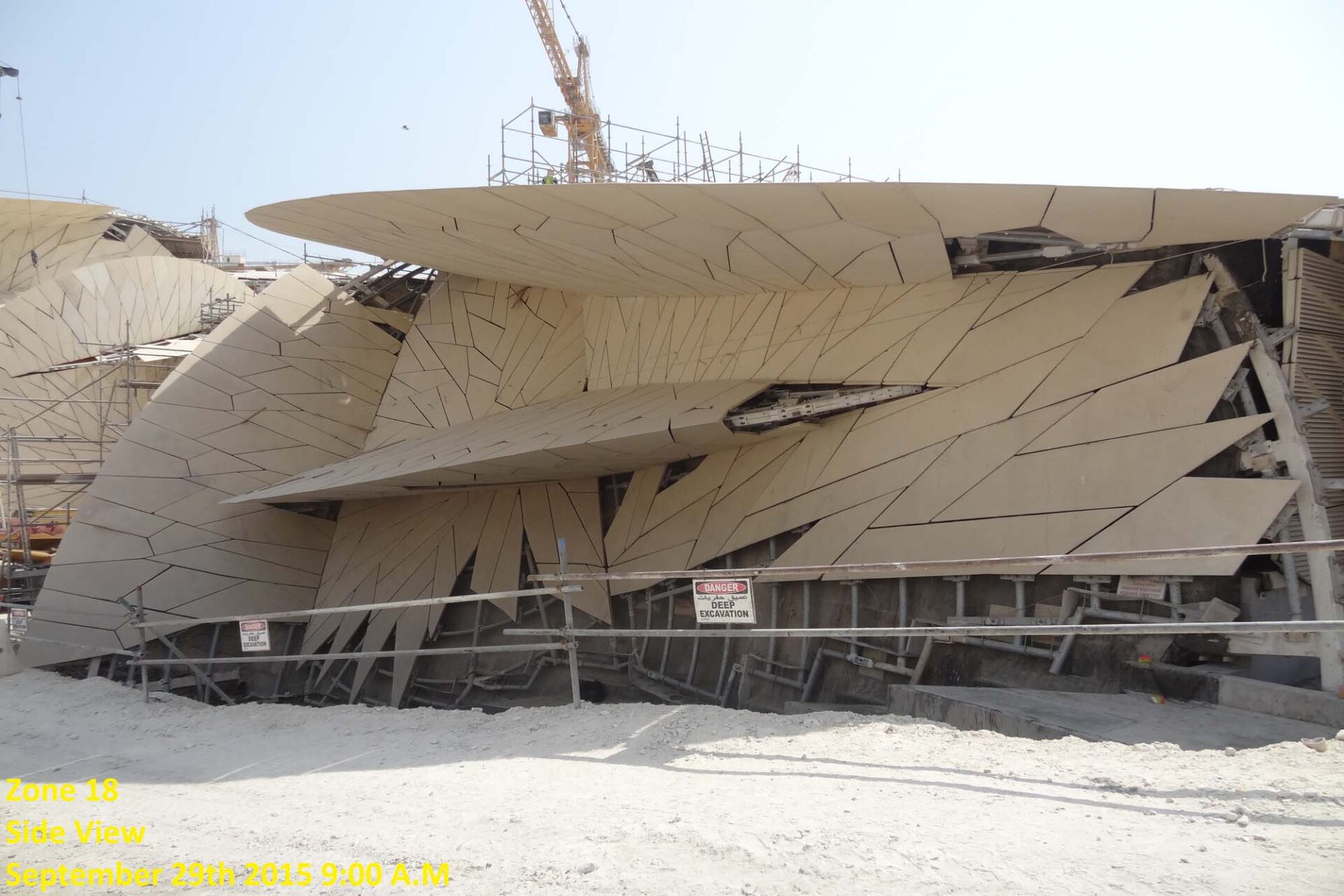
Location Doha, Qatar
Client ASTAD/Qatar Museum Authority
Services Construction Management, Estimating & Cost Management, Project Management
Project Value Confidential
Hill provided construction management and construction supervision services for the National Museum of Qatar. The new museum’s innovative design, created by Pritzker Prize-winning architect Jean Nouvel, is inspired by the desert sand rose and grows organically around the former palace on a 135,000 SM plot. The iconic museum tells a story of Qatar’s history and rapid modernization. It also displays exhibits that celebrate the pride, depth, and wealth of Qatari traditions and heritage as well as the ambitions and future of the country and its people.
With a total built-up area of 60,000 SM, the National Museum of Qatar features walls with cinematic displays, sheltered oral history presentations, and hand-held mobile devices that guide visitors through the thematic displays of the country’s treasures. Fully funded by the Qatar Museum Authority and the Ministry of Finance, the building takes the form of low-lying, interlocking pavilions which encircle a large courtyard area (i.e. a caravanserai) and encompasses 43,000 SM of indoor space. The tilting, inter-penetrating disks that define the pavilions’ floors, walls, and roofs, and the exterior cladded in sand-colored concrete represent the blade-like petals of a desert rose. At its highest, the museum consists of a basement and five levels. The main areas are dedicated to galleries and circulation areas. Other public areas include a panoramic restaurant, cafes, an auditorium, and a museum shop.
The project was divided into several work packages and followed the design-build approach.
Hill’s scope of services included construction management; construction supervision; cost management; contract management and administration; project scope management; project submittals management, review, approval, and processing; document management; communications management; integration and interface management; human resources management; risk management; quality assurance, quality management, quality planning, and quality control; project materials and resources management; and health, safety, environment, and security management.
The team utilized Primavera Contract Management V13.1 for document control and Primavera P6 for scheduling. In addition, the project utilized BIM which resulted in reduced costs and time impact spent on solving construction clashes. It also led to significant quality enhancements. Hill’s scope included BIM management and 3D BIM reviews.
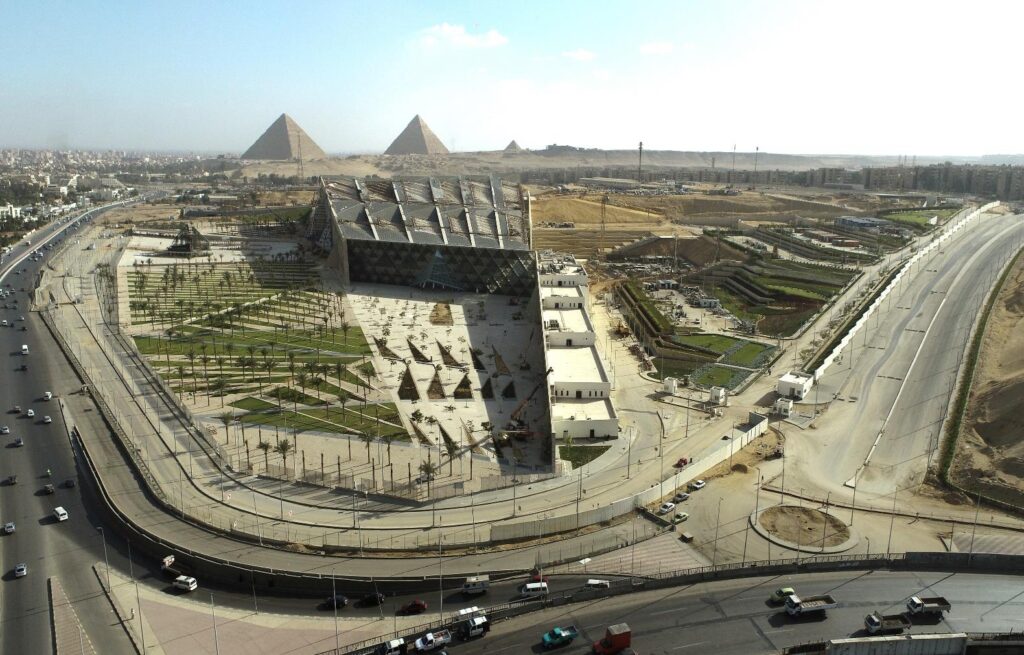


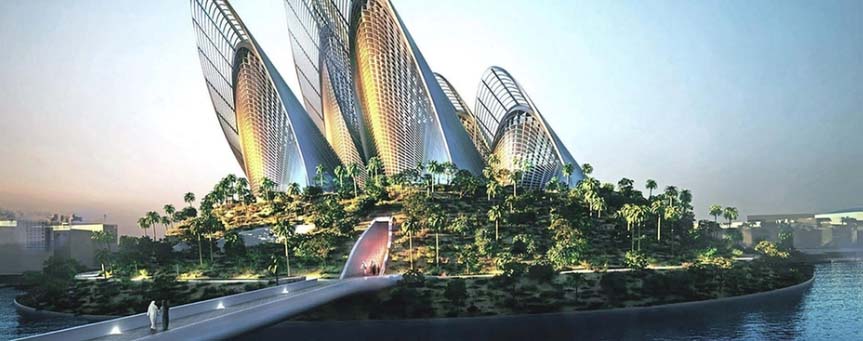
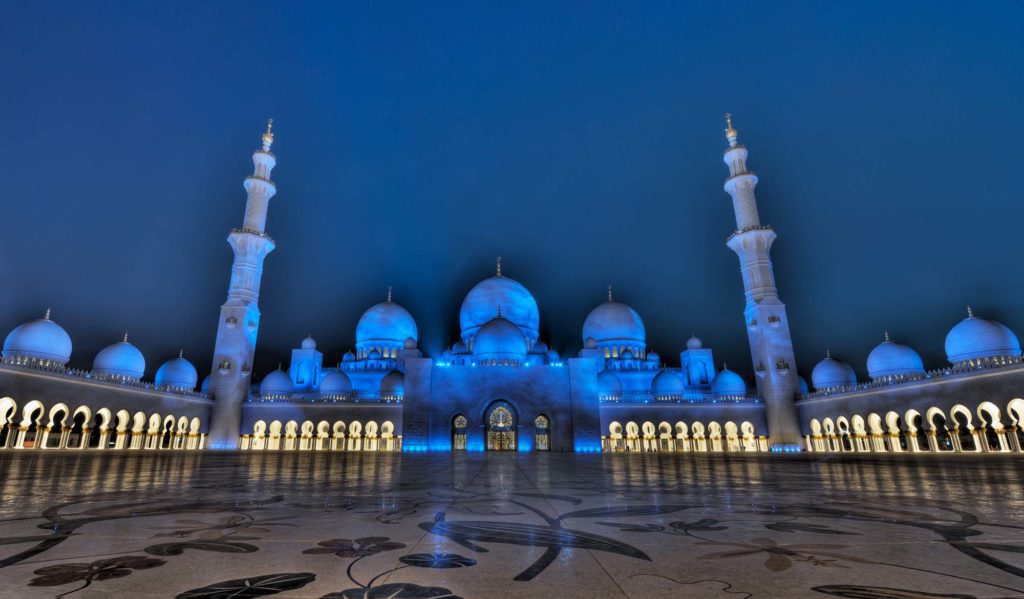
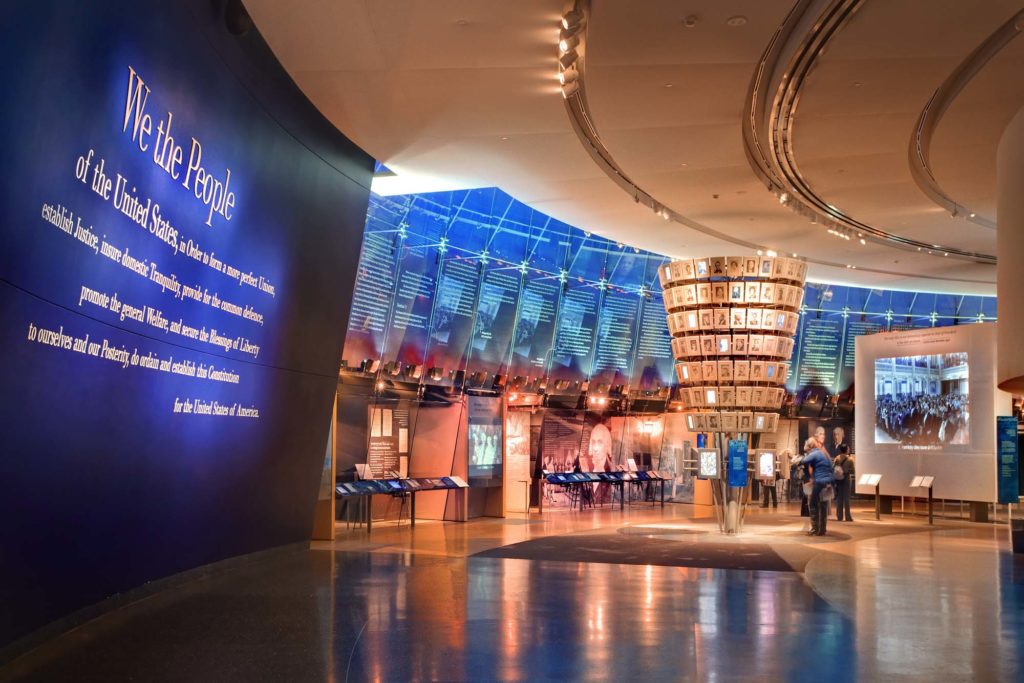
We and use cookies and other tracking technologies to improve your experience on our website. We may store and/or access information on a device and process personal data, such as your IP address and browsing data, for personalised advertising and content, advertising and content measurement, audience research and services development. Additionally, we may utilize precise geolocation data and identification through device scanning.
Please note that your consent will be valid across all our subdomains. You can change or withdraw your consent at any time by clicking the “Consent Preferences” button at the bottom of your screen. We respect your choices and are committed to providing you with a transparent and secure browsing experience.
| Cookie | Duration | Description |
|---|---|---|
| cookielawinfo-checbox-analytics | 11 months | This cookie is set by GDPR Cookie Consent plugin. The cookie is used to store the user consent for the cookies in the category "Analytics". |
| cookielawinfo-checbox-functional | 11 months | The cookie is set by GDPR cookie consent to record the user consent for the cookies in the category "Functional". |
| cookielawinfo-checbox-others | 11 months | This cookie is set by GDPR Cookie Consent plugin. The cookie is used to store the user consent for the cookies in the category "Other. |
| cookielawinfo-checkbox-necessary | 11 months | This cookie is set by GDPR Cookie Consent plugin. The cookies is used to store the user consent for the cookies in the category "Necessary". |
| cookielawinfo-checkbox-performance | 11 months | This cookie is set by GDPR Cookie Consent plugin. The cookie is used to store the user consent for the cookies in the category "Performance". |
| viewed_cookie_policy | 11 months | The cookie is set by the GDPR Cookie Consent plugin and is used to store whether or not user has consented to the use of cookies. It does not store any personal data. |

